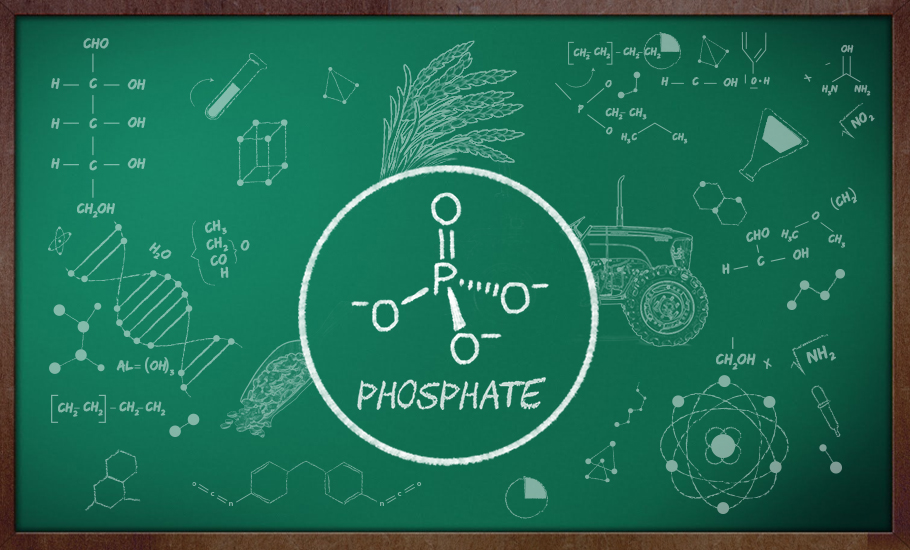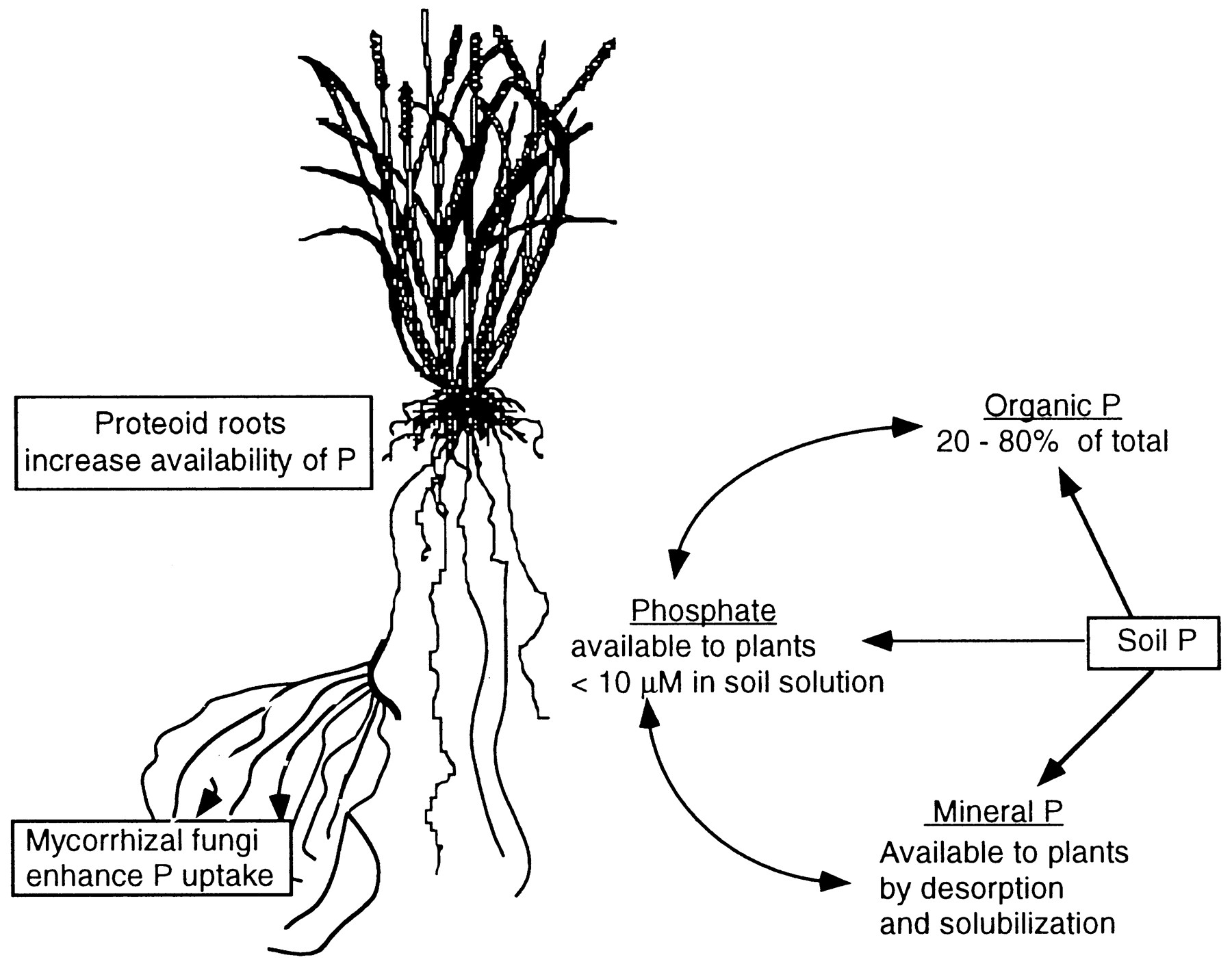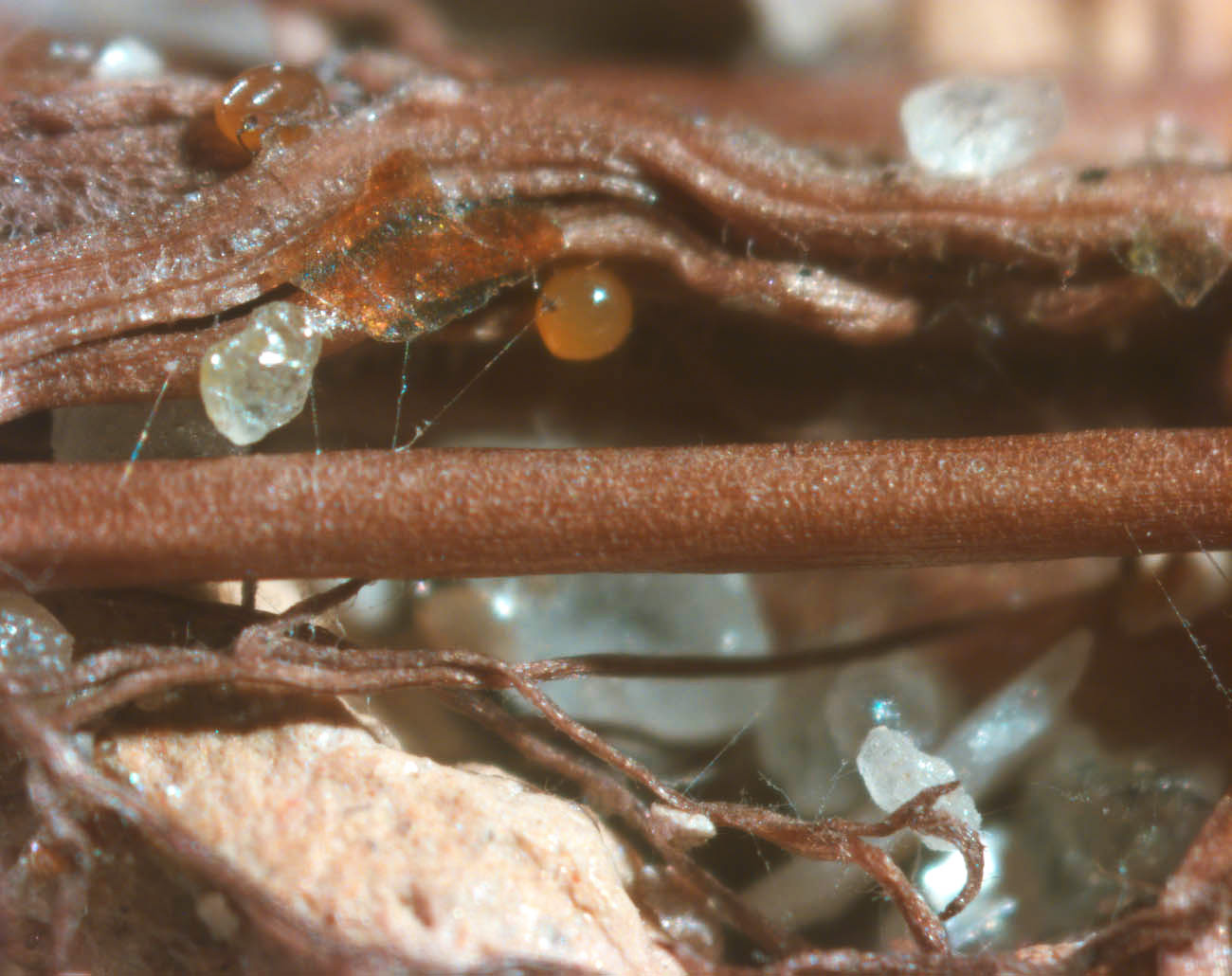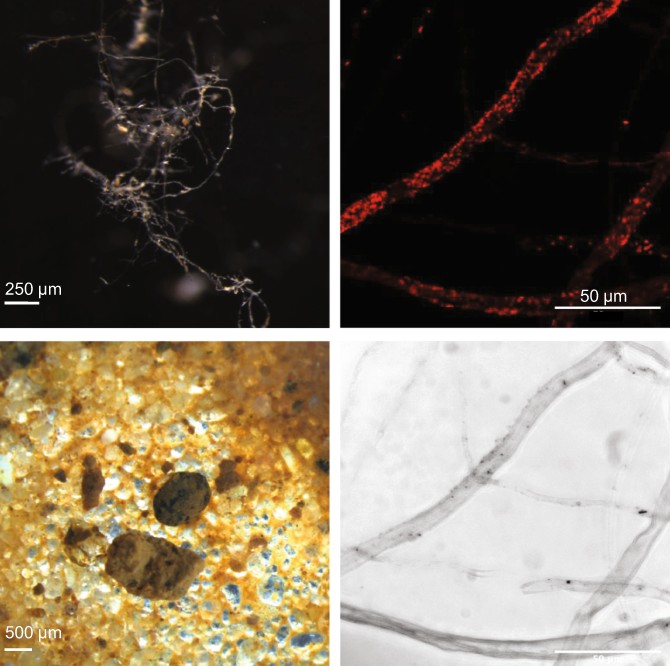
- Home
- India
- World
- Premium
- THE FEDERAL SPECIAL
- Analysis
- States
- Perspective
- Videos
- Sports
- Education
- Entertainment
- Elections
- Features
- Health
- Business
- Series
- In memoriam: Sheikh Mujibur Rahman
- Bishnoi's Men
- NEET TANGLE
- Economy Series
- Earth Day
- Kashmir’s Frozen Turbulence
- India@75
- The legend of Ramjanmabhoomi
- Liberalisation@30
- How to tame a dragon
- Celebrating biodiversity
- Farm Matters
- 50 days of solitude
- Bringing Migrants Home
- Budget 2020
- Jharkhand Votes
- The Federal Investigates
- The Federal Impact
- Vanishing Sand
- Gandhi @ 150
- Andhra Today
- Field report
- Operation Gulmarg
- Pandemic @1 Mn in India
- The Federal Year-End
- The Zero Year
- Science
- Brand studio
- Newsletter
- Elections 2024
- Events
- Home
- IndiaIndia
- World
- Analysis
- StatesStates
- PerspectivePerspective
- VideosVideos
- Sports
- Education
- Entertainment
- ElectionsElections
- Features
- Health
- BusinessBusiness
- Premium
- Loading...
Premium - Events

When three is not a crowd: Tapping fungi for crop fertilisers
The fungi, arbuscular mycorrhizal (AM), could manipulate a specific group of soil bacteria to enrich the soil with nutrients that are required by the plant.

Soil bacteria such as Azotobacter can capture nitrogen from the air and convert it into a form soluble in water and fix it in the soil—we know that. We also know that some fungi enter into a marriage with plants, consume nutrients from the plant cells and in return, ingest minerals absorbed from the soil into the plant. Both benefit from the mutual cooperation. What researchers led by...
Soil bacteria such as Azotobacter can capture nitrogen from the air and convert it into a form soluble in water and fix it in the soil—we know that. We also know that some fungi enter into a marriage with plants, consume nutrients from the plant cells and in return, ingest minerals absorbed from the soil into the plant. Both benefit from the mutual cooperation.
What researchers led by Maria Harrison, the William H Crocker Professor at Boyce Thompson Institute (BTI), found recently is that the fungi, arbuscular mycorrhizal (AM), could manipulate a specific group of soil bacteria to enrich the soil with nutrients that are required by the plant. In turn, the fungi host the bacteria and treat them with the nourishments they receive from the plants. Her co-researchers in the study were former BTI scientists Bryan Emmett and Véronique Lévesque-Tremblay.
This seems something like in the imagined ancient society where without money, a farmer would trade a sack of grain with the blacksmith for tools. The blacksmith dealt this grain with a fisherwoman.
The plant, the fungi, and the bacteria, researchers say, play a tango, each aiding the other and benefiting from the arrangement. The findings suggest that we can help devise alternatives to conventional fertilisers to enrich the soil and improve crop yields that are cost-effective and eco-friendly.
Phosphorus: Going too soon
All crops need 17 essential elements. Of these, 14 are obtained by plants from the soil, while the remaining three come from air and water. The ‘big three’, the primary nutrients, in the commercial fertilisers are nitrogen, phosphorus and potassium, or NPK.
Often we think of phosphorus in the matchstick, but it is indispensable for life, even in plants. It is a vital component of ATP, the “energy unit” of plants. ATP that forms during photosynthesis have phosphorus in their structure.

The phosphorus bond plays a crucial role in the structures of both DNA and RNA. It helps in root development, plant maturation, and seed development. It is essential for cell membranes’ production and bone and teeth formation in animals, including humans. Phosphorus deficiency leads to the stunting of the crops and is not easy to diagnose before it is too late.
Phosphorus deficiency in Indian soils is widespread. After about 9.6 million soil tests in India, a study shows that about one in two districts in India faces phosphorus deficiency. Low phosphorus availability from the field is one of the major causes of poor crop yields.
Price we pay for fertilisers
India’s population reached 1 billion in 2000 and is projected to be 1.4 billion by 2025. India relies on higher agricultural productivity to meet the increasing food demands of its growing population. Global consumption of phosphorus is 46 million tonnes per year.
Agriculture has been practised in India for thousands of years. Every time a crop is harvested, a small part of the soil’s phosphorus is lost and does not return to the land. Thus, over time, the soil is depleted of phosphorus. It becomes imperative to apply phosphate fertilisers to sustain productivity.
Unfortunately, most of the phosphorus applied as fertilisers is wasted. Only about 20 per cent of the phosphorus mined actually reaches the food consumed globally. More than 30-40 per cent is wasted during mining and processing.
Besides, crops seldom absorb more than 20 per cent of fertiliser phosphorus. A large part of the remaining 80% is ‘fixed’ in soil. They are used by microbes and converted into an organic form that cannot be utilised by the plants or combines with iron and other elements in the soil and takes a form not beneficial for the crops.
In the plant, phosphorus is taken and a part is stored in its seeds in the form of phytate. While some form of phosphorus in the plant is digestible by mammals, some are not. The grains that we eat, be it rice, wheat or legumes, contain phytate. Phytate is indigestible by mammals, including humans and is excreted.
Human and domestic animal waste ultimately reaches water bodies which are enriched with phosphorus. Besides, the agricultural runoff carries a part of the unutilised fertilisers from the field to the ponds, rivers and ocean.

Environmental nightmare
Fertilising the water bodies with phosphorus initially spurs the blooming of algae and aquatic plants in abundance. However, its unprecedented growth consumes all the oxygen, resulting in the death of fish and other marine life. Called eutrophication, this severe form of water pollution creates a “dead zone” where nothing can live.
Commercial phosphate fertilisers are manufactured from phosphate rock, a finite resource formed over millions of years in the earth’s crust.
India does not have appreciable phosphate rock sources. The availability of good quality phosphate rocks is declining as more and more rocks are mined to meet the growing demand for fertilisers.
As the quality of phosphate rock reserves deteriorates, we need to apply more energy to mine and process them. Lower-grade phosphate rocks are rich in toxic heavy metals such as cadmium and uranium.
Morocco, China and the USA have the largest reserves of phosphate ores. India has no substantial phosphate ores. Since the green revolution, India has relied on imported phosphate rock to feed its burgeoning people. We are the largest importer of phosphate in the world.
Imports from Morocco, Western Sahara and China satisfy our primary demand. India imported around 7.5 million tonnes of rock phosphate and 40,081 tonnes of elemental phosphorus in 2018-19.
In 2009, due to the international market, the cost of phosphate ore jumped tenfold. India’s food prices shoot up, showing the precarious nature of dependence on imports.
The use of phosphorus fertilisers is not sustainable. As a nonrenewable resource, agriculturalists are on the lookout for alternatives to phosphorus fertilisers. The solution perhaps is lurking behind the tango played by the plant, fungi and the nitrogen-fixing bacteria.
Understanding fungi
Think fungi and what readily comes to our mind is chubby little brown mushrooms we see in the vegetable markets or disgusting fuzzy blue, green patches of black bread mould. They are just the reproductive organs.
The fungus’ main body is an extensive interwoven network called mycelium, consisting of a mass of branching, thread-like fungal tubes called hyphae.

Fungi, neither plants nor animals, belong to a distinct kingdom. From the most common Rhizopus stolonifer (Black bread mould) to Penicillium bread mould used to produce penicillin antibiotic, fungi are between 2 and 6 million species.
If grass is ubiquitous on the surface, hyphae are the king of the subterranean world. Although sexual organs like the mushroom are above ground, the mass of its body, mycelium, is underground, invisible to the naked eye.
Like the roots of a plant, the hyphae, just 2 to 3 micrometres wide filament, spread into the soil, foraging for nutrients. For reference, a human hair is about 50 micrometres wide. Some of the fungal hyphae can bulldoze and break through physical barriers. In contrast, others spread in every direction in search of nutrients.
A microbial duet between plants and fungi
When the plants were making their way from aquatic to terrestrial environments, about 400–460 million years ago, the environmental conditions at the time were harsh.
Terrestrial fungi had colonised land long before plants did and had evolved enzymes to break the soil and uptake minerals such as phosphorus, nitrogen, and some micronutrients such as zinc and copper.
Plants and fungi brokered a partnership early on in evolution; fungi facilitated the nutrient acquisition from the primordial soils while the plants producing carbohydrates by photosynthesis shared it generously with fungi.
Fungi have a love-hate relationship with the plants; some fungi, such as Arbuscular Mycorrhizal Fungi (AMF), are beneficial. Some cause disease and are fatal to the plants.
Some friendly species of fungi enter into a symbiotic relationship with the host plant. During this mycorrhizal symbiosis, one end of the fungi hyphae filament penetrated into the root tip’s plant cells. The other end protruded deep into the soil, interconnecting two different environments, namely the plant roots with the surrounding soil.
This physical connection allows the flow of nutrients from the fungal filaments to the plant and vice versa. The mutual relationship is cemented by co-evolution.
Almost 90% of all land plants today are fed with water and nutrients at their roots by fungal hyphae. The fungi also produce specific molecules that increase the protection of the host plant against particular pathogens. In return, the symbiotic fungi receive as much as 20% of the plant’s photosynthetic carbon.
Arbuscular mycorrhizal fungi (AMF), a type of fungi, are the partner in crime in about 72% of the land plants. Other plants are associated with different sorts of fungi. These plants provide the AM fungi with fatty acids in exchange for nitrogen and phosphorus foraged from the soil by the fungi.

Neither these plants nor the fungi can survive without each other. However, there was one surprise. The AM fungi lacked enzymes needed to free nitrogen and phosphorus from complex organic molecules in the soil litter.
How come the AM fungi got the nitrogen and phosphorus, which in the first place cannot be extracted by the fungi on its own?
What the research found
The researchers speculated that perhaps the fungi is hosting specific soil bacteria. Our gut hosts a specific biome to help our digestion process. To test their hypotheses, the team examined bacteria living on the surfaces of AM fungi hyphae. The hyphae were home to specific bacterial communities. These bacteria were distinct from those found in the surrounding soil.
The researchers took two AM fungi species, Glomus versiforme and Rhizophagus irregularis. They grew them in three different types of soil. In these soils laced with the fungi, they planted a grass, Brachypodium distachyon, closely related to wheat.
After letting the fungus grow with the grass for up to 65 days, they took samples of the fungal hyphae. They used gene sequencing to identify bacteria sticking to the hyphae surfaces in each of these three soil types. In a time-series experiment, the researchers also observed the bacterial community’s succession in hyphal samples between 14 and 65 days.
Irrespective of the species of the fungus, both the makeup of bacterial communities were strikingly similar. Hyphal samples were dominated by Proteobacteria, Actinobacteria, Chloroflexi, Acidobacteria, Bacteroidetes, and Fibrobacteres. Again, regardless of the soil type, in all three, the bacterial communities were the same.
They found that the bacterial composition on the hyphae’s surface was distinctly different from the soil’s bacterial composition away from the filaments.
In a press release issued by the Boyce Thompson Institute, prof Harrison says that the research “tells us that, just like the human gut or plant roots, the hyphae of AM fungi have their own unique microbiomes. We’re already testing a few interesting predictions as to what these bacteria might do, such as helping with phosphate acquisition.”
The researchers speculate that the fungi secrete molecules to attract these bacteria. Some of these bacteria liberate phosphorus ions near the filaments, helping the fungus capture those ions.
“Learning which bacteria have this function could be key to enhancing the fungi’s phosphate acquisition process to benefit plants,” says Harrison.
She adds, “If we’re right, then enriching the soil for some of these bacteria could increase crop yields and, ultimately, reduce the need for conventional fertilisers along with their associated costs and environmental impacts.”
